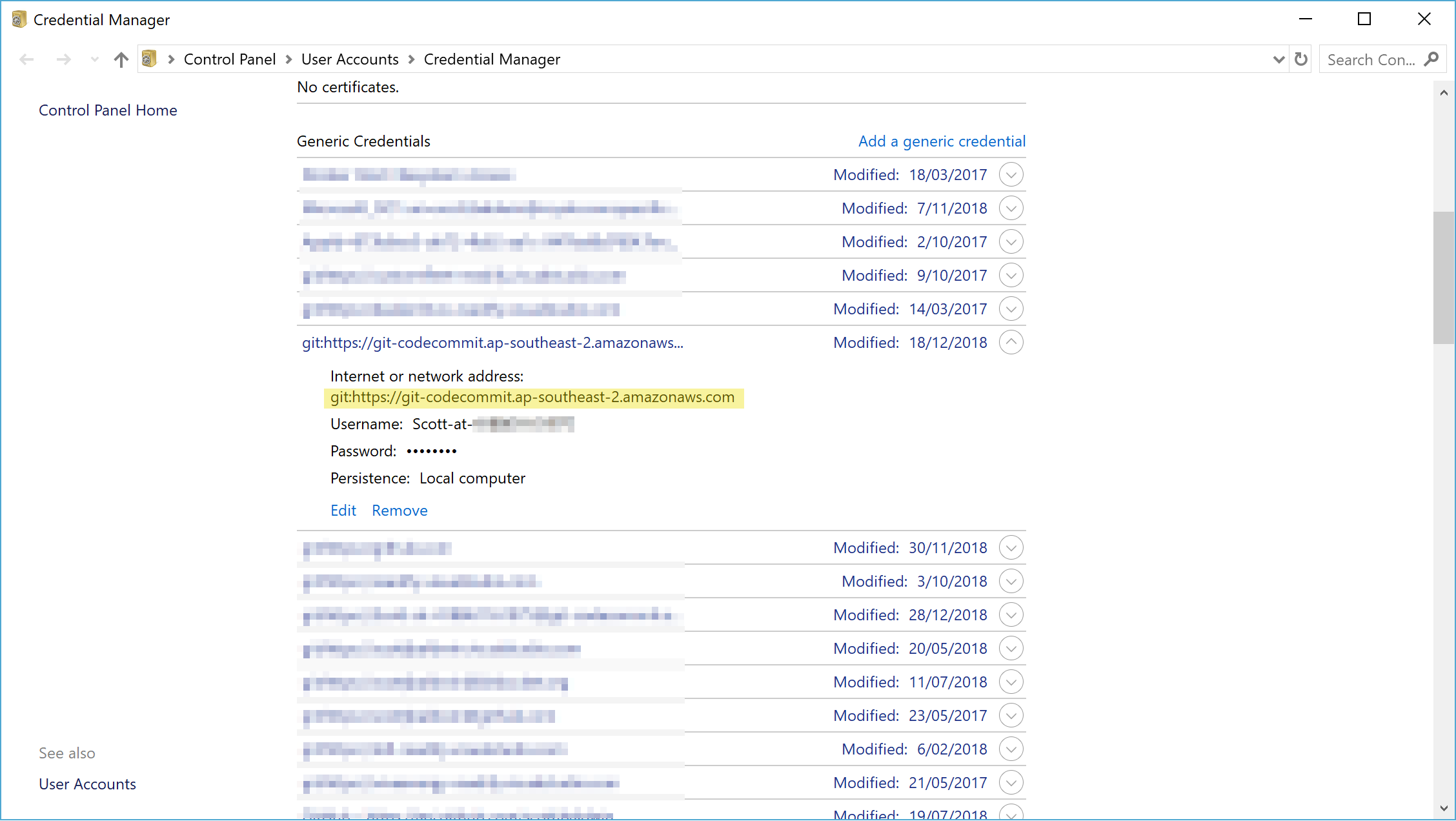

Still need help? Go to Microsoft Community. Lync 2013/Skype for Business 2015: %UserProfile%\AppData\Roaming\Microsoft\Office\15.0\Lync.Skype for Business 2016: %UserProfile%\AppData\Roaming\Microsoft\Office\16.0\Lync.Locate the Roaming application data folder: In case of error, verify Skype for Business and Outlook processes are stopped before deleting the folder. Lync 2013/Skype for Business 2015: %LocalAppData%\Microsoft\Office\15.0\Lyncĭelete the folder with the name matching your SIP address.Skype for Business 2016: %LocalAppData%\Microsoft\Office\16.0\Lync.For example: File Explorer and locate the Local application data folder: Lync 2013/Skype for Business 2015: HKEY_CURRENT_USER\Software\Microsoft\Office\15.0\Lyncĭelete the registry key with the name matching your sip address.

Skype for Business 2016: HKEY_CURRENT_USER\Software\Microsoft\Office\16.0\Lync.To do this, right-click Start, click Run, type regedit in the Open box, and then press OK. For example, click the down arrow next to the gear icon, select File, and then Exit. Step 2: Remove Skype for Business cacheĮxit Skype for Business. If the issue persists, continue to remove the cache. In Skype for Business, click the down arrow next to the gear icon, select File, and then Sign Out. Delete your Skype for Business sign-in info To manually fix this issue, follow these steps. To delete cached sign in credentials, use the Skype for Business scenario in the Microsoft Support and Recovery Assistant (SaRA) tool or manually clear the cached information. This may prevent you from being able to sign in to Skype for Business. So if I can use something like this that will search for user contains "admin-" I should be able to use that to remove cached domain admin credentials on computers and clean up a security vulnerability.Microsoft Skype for Business caches files locally on your computer. Here is an example of what the get produces.ĭomain:target=test Domain Password admin-john This looks like it can get them all, and lists them, also a function to remove a specific target, but cant remove a target that contains x User. Anyone willing to help me modify this to look for a specific user or user that starts with "x"? I found the following module that is pretty close to what I need but it doesn't filter for specific username that. Login that looks for cached credentials that start with a prefix and if there are any - remove them. I would like to have a script run on PC on startup or Find Skype in the list, right-click it and select Remove or Uninstall. Type appwiz.cpl in the Run dialog and select OK. Press the Windows and R keys on your keyboard at the same time. Turns out that my domain admin credentials has cached on my computer inadvertently. If you don't have Skype in the task bar, right-click the task bar (or press Ctrl+Alt+Delete) and select Task Manager, then select Skype and select End Task. Had an issue the other day where I was able to change a password on ADUC logged in with my domain user account.


 0 kommentar(er)
0 kommentar(er)
